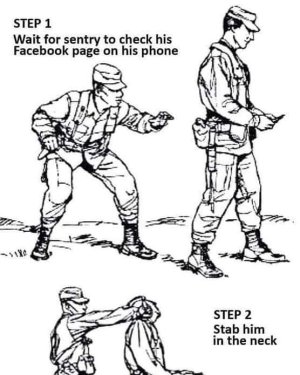What we have here is Nicolls Law in play;
https://projectrho.com/public_html/rocket/spacewardetect.php#nicollslaw
and Happyroachs Corollary to Nicolls Law. (
see same link)
Hmmm ... interesting stuff if you keep reading long enough ...

A full spherical sky search is 41,000 square degrees. A wide angle lens will cover about 100 square degrees (a typical SLR personal camera is about 1 square degree); you'll want overlap, so call it 480 exposures for a full sky search, with each exposure taking about 350 megapixels.
Estimated exposure time is about 30 seconds per 100 square degrees of sky looking for a magnitude 12 object (which is roughly what the drive I spec'd out earlier would be). So, 480 / 2 is 240 minutes, or about 4 HOURS for a complete sky survey. This will require signal processing of about 150 gigapizels per two hours, and take a terabyte of storage per sweep.
~4 hours per COMPLETE 360º by 360º spherical sweep.
Not instantaneous.
About 4 hours.
Will your craft have changed position (at all) during those 4 hours?

If so, that's going to "skew" the sensor swept volume you can observe, such that you're not observing a "sphere" of space per se, but more like some kind of "corkscrew shape" that's almost but not quite "spherical-ish" (kinda sorta, but not really) when you plot both space AND time.
Imagine a spinning radar emitter that takes 4 hours to make a single "full circle" sweep, rather than spinning multiple times per minute.
That's going to leave ... gaps ... in sensor scan coverage for detections, because any sensor in orbit (around a star, around a planet, around a moon) is, by definition, in motion. Being able to scan the entire volume
more quickly (and process the resultant data
more quickly) will reduce the resultant "gaps" in the sensor sweeps, but an assumption of
continuous real time omni-directional detection with total and perfect accuracy at all times without failure or need to roll anything would seem to be a much larger "leap of faith" as an argument.
Now, being able to intentionally "point" a sensor sweep in a specific vector to get more detailed "what is that?" scan will undoubtedly be relatively swift ... but that depends on KNOWING WHERE TO LOOK first ... in addition to being the difference between active and passive sensor sweeping.


